Avalanche safety: an introduction to the risks and warning signs of snow slides
Avalanches are an inherent risk of many winter sports, and whether you’re skiing, snowboarding or hiking in the backcountry, you should be trained in avalanche safety
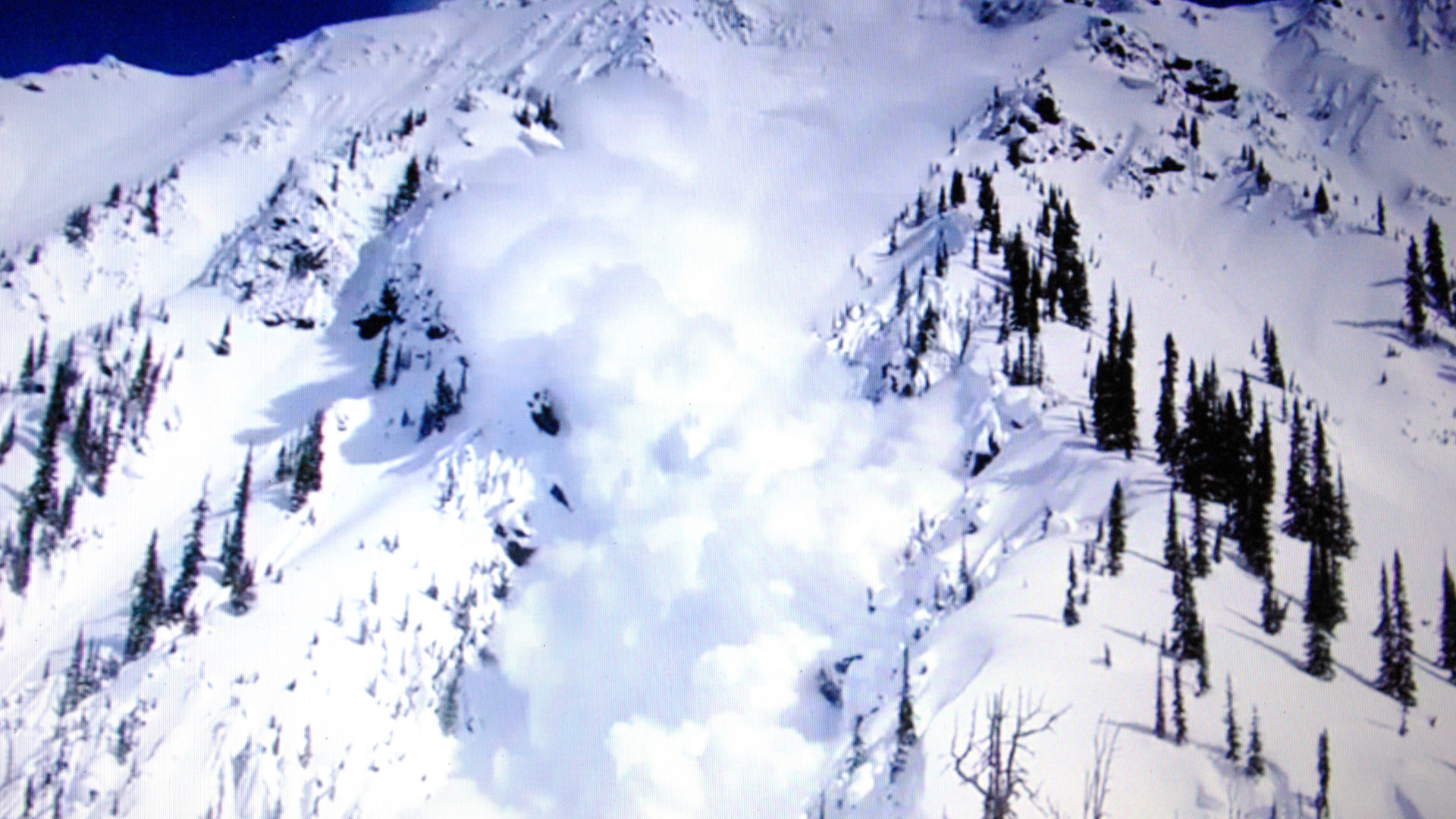
Growing interest in the outdoors combined with the pandemic has caused an uptick of adventurous people exploring the backcountry, and with that, there has been an increase in avalanche deaths. Avalanches are an inherent risk of many winter sports and whether you’re skiing, snowboarding or snowshoeing in the backcountry, if you’re on the slopes in winter, you should be thinking about avalanche safety.
This article is not intended to be a replacement for avalanche safety training; rather, an introduction to the risks of avalanches in the backcountry and encouragement to be prepared so that you can enjoy your mountain adventures all winter long.
What is an avalanche?
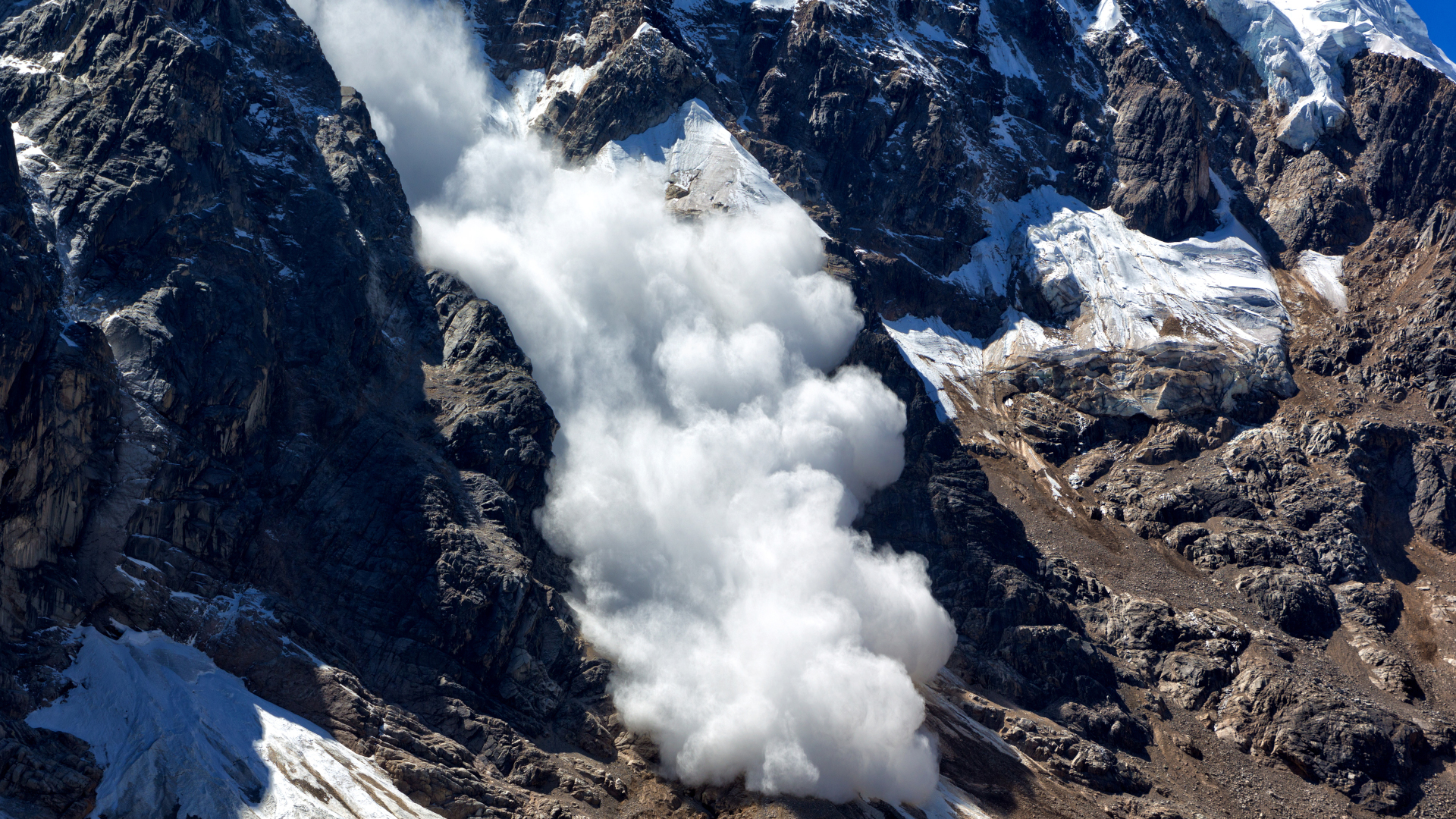
An avalanche occurs when a mass of snow, ice and rocks slide down a mountainside at high speed. These can range from a small avalanche involving an area of snow just a few feet across, to a large avalanche which could involve a slab over 100ft thick breaking off and sliding downhill. Big avalanches can travel at speeds of up to 200 mph for thousands of feet and even many miles in extreme cases where there is nothing to stop the slide.
Why do avalanches occur?
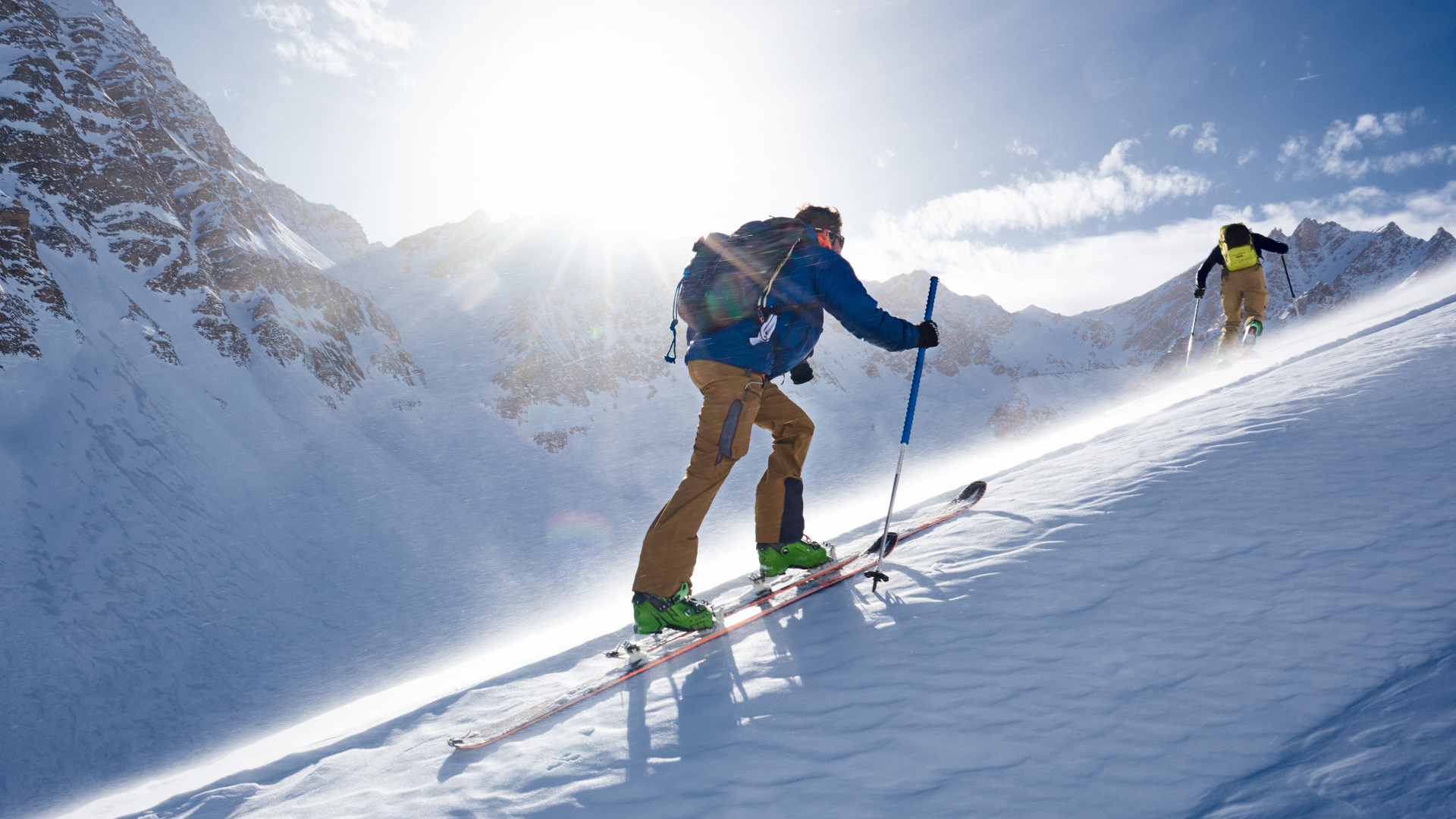
There are a number of natural factors that trigger avalanches, such as the steepness of the terrain, unstable snowpack and stormy weather. Most avalanches occur during or just after a snow storm, but can also be caused by a sudden change in temperature. Some avalanches are also caused by earthquakes.
However, the number one trigger of deadly avalanches is human behavior. The weight of a single person skiing or walking over an area of unstable snowpack can be enough to trigger a slide.
Where do avalanches occur?
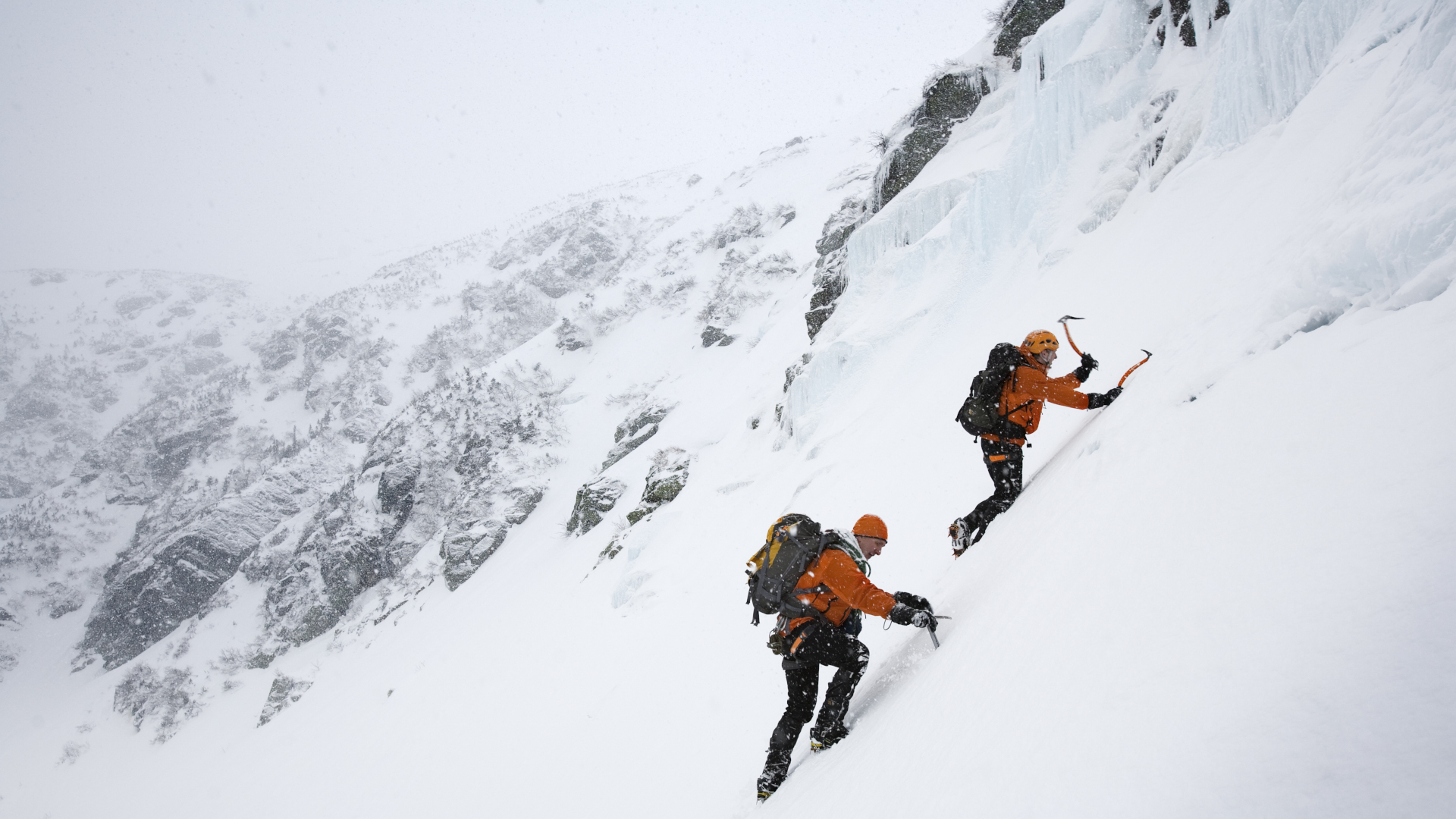
Avalanches can occur on any slope that is 30 degrees or more and is covered in snow and ice. Unstable snowpack is the most dangerous, meaning that the snow contains different layers of snow that vary in consistency, for example a layer of unconsolidated, loose snow topped by a thick, solid slab of ice.
Avalanches in the US tend to occur in the backcountry and much more seldomly take place on ski resorts, where danger areas are closed to skiers, the snow is groomed to stabilize it and avalanche mitigations efforts are undertaken regularly by using dynamite to create controlled slides during non-operational hours. In ski resorts in the Alps, however, avalanches can be more common since off-piste skiing is not managed by the resort, even though it is inbounds.
Advnture Newsletter
All the latest inspiration, tips and guides to help you plan your next Advnture!
How dangerous are avalanches?
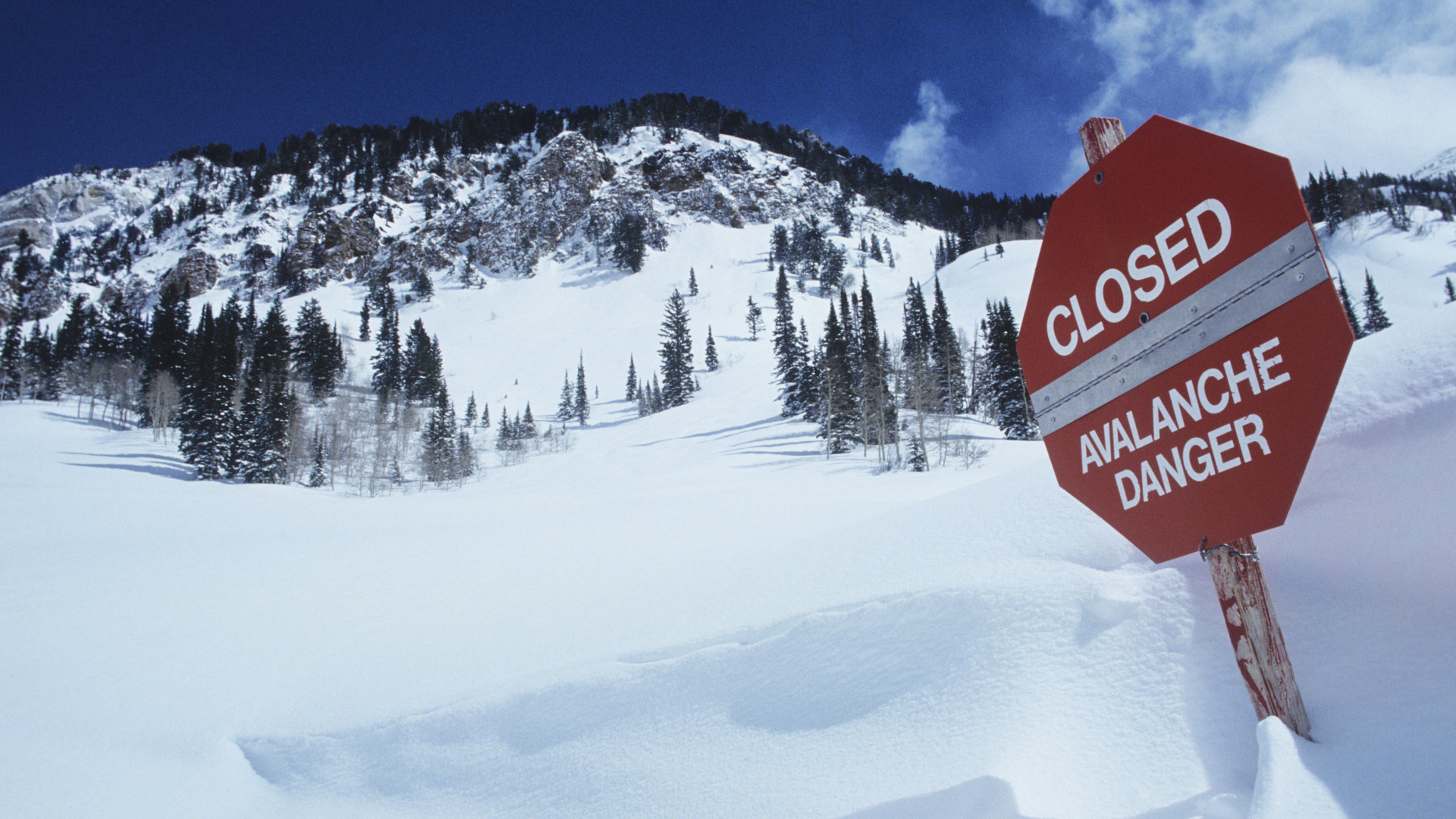
According to National Geographic, there are estimated to be 100,000 avalanches across the globe each year and an average of 150 deaths. So statistically speaking, far less than half a percent of all avalanches are deadly. However, there are an average of 25 avalanche deaths per year in the US and that number rose to 37 in 2020 owing in part to increased backcountry usage.
Despite these seemingly small numbers, avalanches are enormously powerful and destructive and you certainly don’t want to get caught in one if you can avoid it. A small amount of avalanche deaths are the result of trauma, while the vast majority of avalanche victims die by suffocation. Once you are buried in snow, it quickly solidifies around you almost like concrete making it virtually impossible to move and dig yourself out.
Avalanches happen suddenly with little or no warning, which is part of what makes them so dangerous. The most deadly avalanche ever recorded was the 1970 Huascarán Slide in Peru that killed up to 30,000 people and traveled for 100 miles. More recently, 16 Nepali Sherpas were killed in Mount Everest’s deadliest avalanche in 2014.
What are the warning signs of an avalanche?
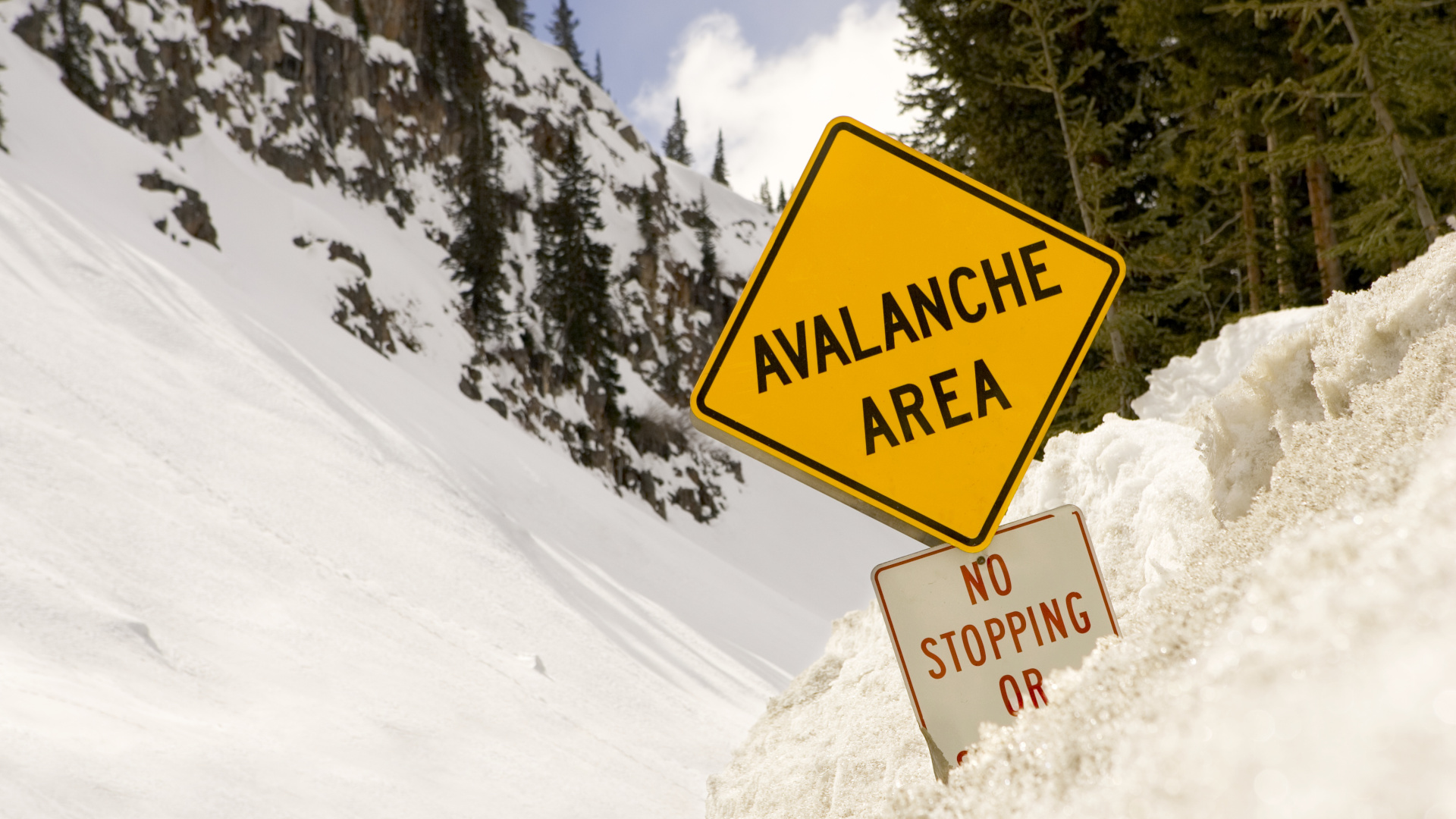
If the weather has been unstable, with lots of snow and wild temperature swings, you should assume that the avalanche risk is higher. High winds can also create avalanche conditions.
If you’re out in the backcountry, no matter how much fun you’re having, stop frequently and look at the snow. If there is evidence of existing slides, you know you are in an area where further slides are possible and you should steer clear of the area. You should also avoid crossing big slabs of packed snow and ice which are caused by the wind and are by nature unstable.
If you find yourself crossing such an area, look out for cracks appearing in the snow under your feet or skis as this is a sure sign something is about to break loose beneath you.
Finally, keep your ears free of headphones when you’re skiing or hiking across a steep slope. Noises like cracking or “whumpfing” from inside the snow are signs that it is ready to move.
How do you stay safe during an avalanche?
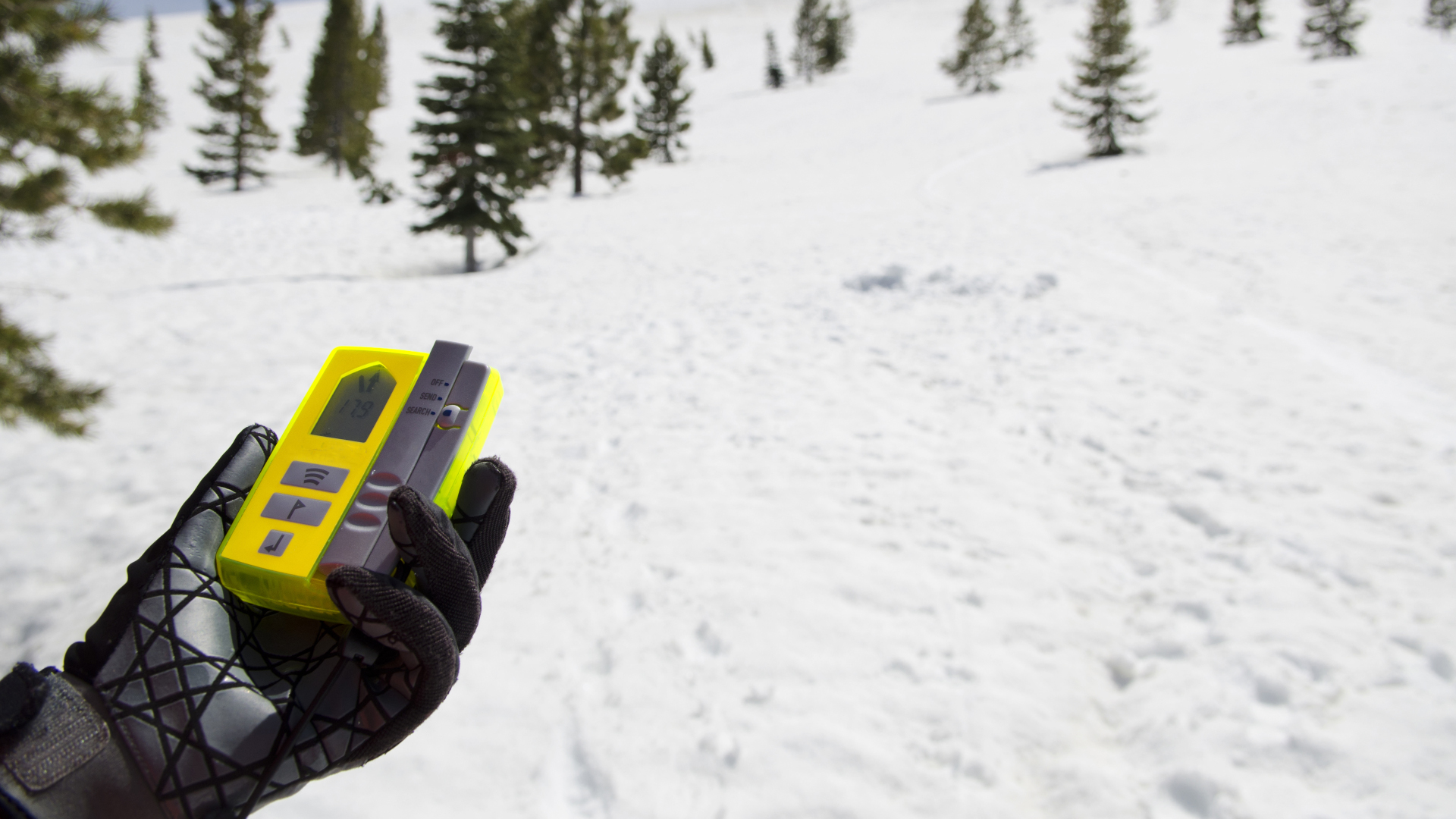
If you are heading out into the backcountry on a slope that is 30 degrees or steeper, you are at risk for an avalanche. The biggest step you can take to keep yourself safe is to take an avalanche safety class where you will learn how to recognize unstable snow, techniques for navigating out of an avalanche once you’re in it and how to carry and use safety devices like an avalanche beacon and shovel.
Further, every time you venture out into the backcountry, you should check the avalanche safety report before you go. The best way to do this is to search for "avalanche safety report" plus the area where you'll be going as each state and region has its own site. For example, there is the Colorado Avalanche Information Center and the Avalanche Information for the Scottish Mountains. Though it’s impossible to predict an avalanche, you should always check backcountry safety reports for avalanche risk levels in the area where you intend to recreate before you go. If avalanche danger is high, the safest course of action is not to go. You could choose a mellower slope, go cross country skiing or stick to resort skiing instead.
Finally, make sure that you are with people who are also trained in avalanche safety and who you trust. It’s an easy mistake to follow more experienced skiers into dangerous terrain and one that can turn deadly. The more educated and skilled you can be in backcountry safety, the more fun you can have out there. And there’s a lot of fun to be had!
Julia Clarke is a staff writer for Advnture.com and the author of the book Restorative Yoga for Beginners. She loves to explore mountains on foot, bike, skis and belay and then recover on the the yoga mat. Julia graduated with a degree in journalism in 2004 and spent eight years working as a radio presenter in Kansas City, Vermont, Boston and New York City before discovering the joys of the Rocky Mountains. She then detoured west to Colorado and enjoyed 11 years teaching yoga in Vail before returning to her hometown of Glasgow, Scotland in 2020 to focus on family and writing.

